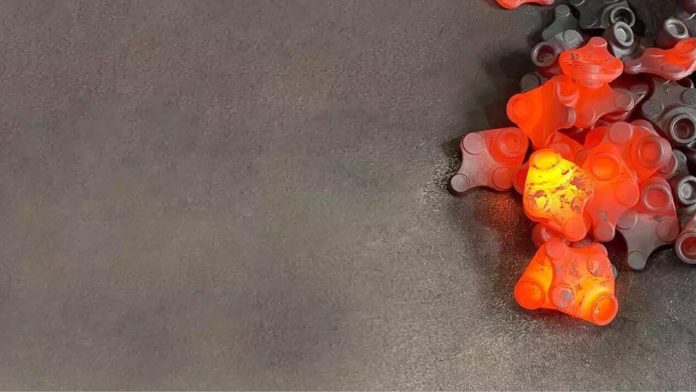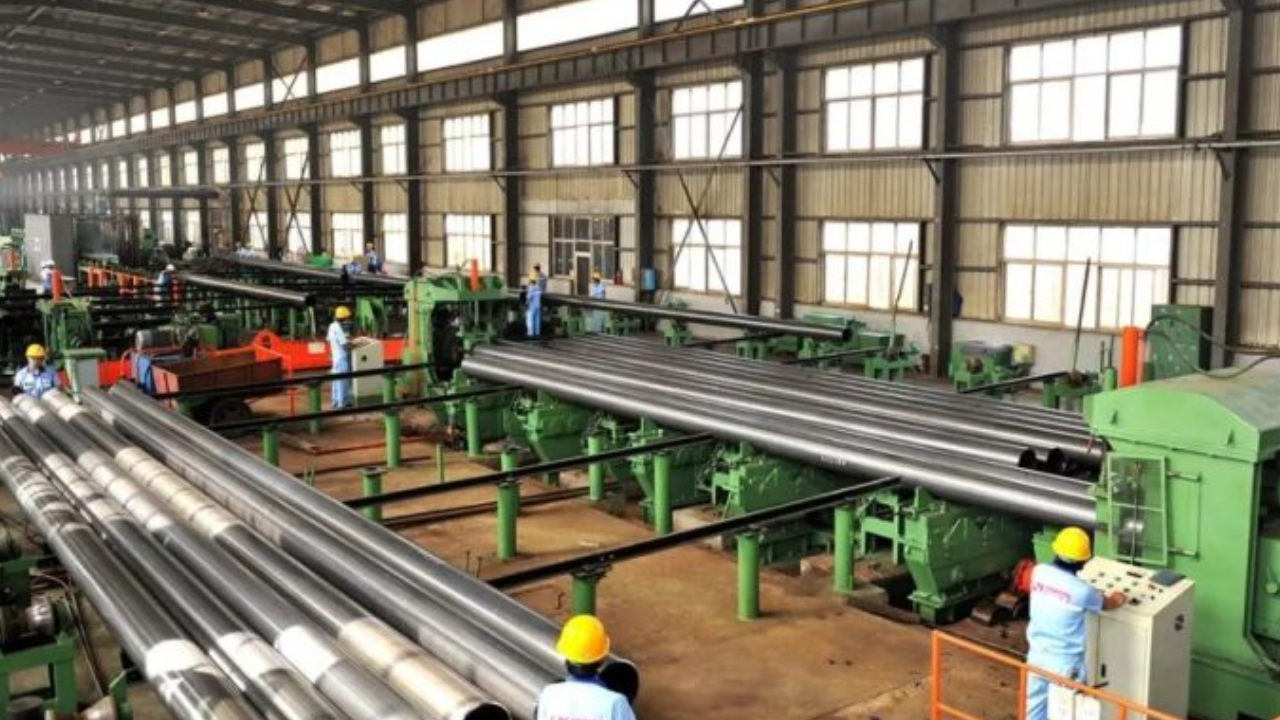In the world of manufacturing, where precision and durability are paramount, forging stands out as a time-honored technique for shaping metal into superior components. Dating back centuries, forging has evolved into an art form that combines skill, craftsmanship, and advanced technology to produce high-quality parts for a wide range of industries.
From automotive and aerospace to construction and energy sectors, forging through cxinforging.com plays a vital role in creating components that meet rigorous standards of strength, reliability, and performance. In this article, we will delve into the fascinating world of forging and explore how this age-old method of metalworking continues to be a cornerstone of modern manufacturing.
Understanding Basics of Forging
Forging is a manufacturing process that involves the shaping of metal through the application of compressive forces. It is a method of metalworking that utilizes the plastic deformation of heated metal to create components with desired shapes, sizes, and properties. The process typically begins with a solid piece of metal known as a billet or a bar.
The metal is warmed up until specific temperature, known as the forging temperature, which allows it to become malleable and easier to shape. After that, the hot metal is put onto a die, which is a specially designed tool that contains the desired shape of the final component.
Compressive forces are utilized with metal, either through mechanical or hydraulic means, causing to take and flow the shape of the die. The metal is then allowed to cool and harden, resulting in a forged component with superior strength, durability, and structural integrity.
How Is Forging Practiced At CXINFORGING?
A metalworking procedure is forging. That involves the shaping of metal through the application of compressive forces. It is typically performed at CXINFORGING at high temperatures to enhance the malleability and plasticity of the metal. The process starts with a solid piece of metal, known as a billet or a bar, which is heated in a furnace until it reaches the desired forging temperature.
After that, the hot metal is put on a die, which is a specially designed tool that determines the shape and dimensions of the final forged component. A mechanical press applies immense pressure to deform the metal. The forces cause the metal to flow and fill the cavities of the die. The metal is carefully shaped and manipulated by the press.
After the forging process is complete, the forged component is allowed to cool and solidify. This cooling period is crucial as it allows the metal to retain its newly formed shape and solidify its internal structure, resulting in enhanced strength and mechanical properties.
Benefits of Forged Components
Forged materials offer a range of significant benefits that make them highly desirable in various industries.
- One of the key advantages of forged components is their exceptional strength and durability. The forging process refines the internal grain structure of the metal, aligning the grain flow to follow the design of the component.
- Forged components are known for their superior mechanical properties, making them capable of withstanding high loads and extreme operating conditions.
- Another advantage of forged materials is their enhanced metallurgical properties. The forging process eliminates or reduces internal voids, porosity, and other defects commonly found in castings or fabricated components.
- Forged components exhibit better dimensional stability, higher integrity, and improved metallurgical properties. These properties make forged materials highly suitable for critical applications where reliability and safety are paramount.
- Forged components offer better structural integrity and consistency compared to other manufacturing methods. The controlled and precise shaping of the metal during forging ensures that the final component has the desired dimensions and tolerances.
Final Wording
Forging is a complex and precise process that requires skilled craftsmanship and meticulous attention to detail. It is widely recognized for its ability to produce high-strength, durable, and reliable components that are used in various industries, including automotive, aerospace, construction, and more.














